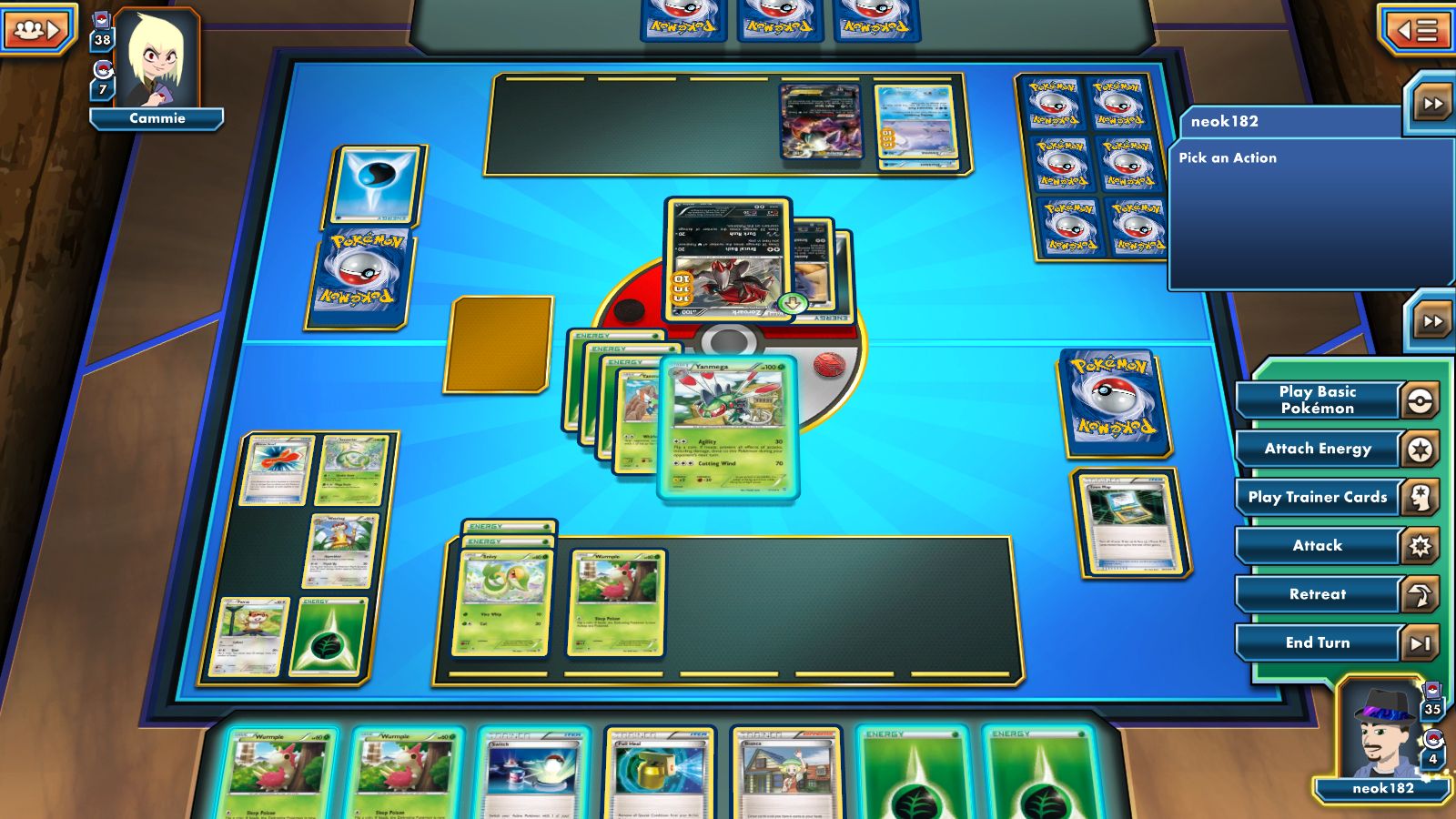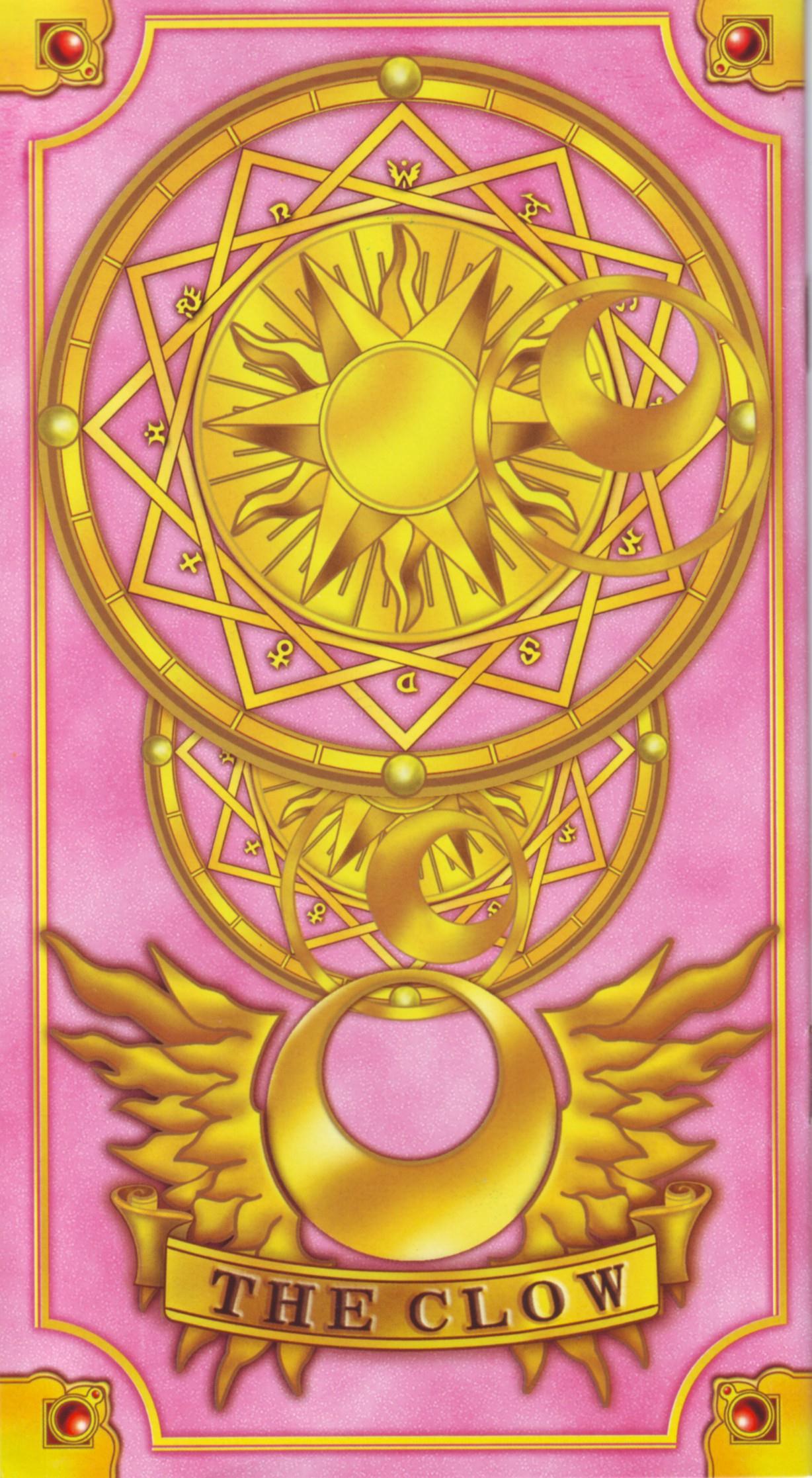So you just learned to play Magic and are feeling a bit overwhelmed by the 14,000+ cards available to build a deck? I hear you. You have to start somewhere, so choosing a theme and an archetype (general deck type) will be a good place to start. For our purposes here, we’ll assume that you are not looking to play in tournaments, but I will address tournament decks a little later in case you’re thinking about that.

What 60 card constructed deck types are possible?
Highlander: The Card Game Deck Ideas Free
Aggro (Aggressive) Decks
Highlander: The Card Game Deck Ideas On A Budget
This is often where many newer players start. There is a certain simplicity in just playing creatures and attacking with them with reckless abandon. Often aggro decks feature cheap creatures (like Goblin Guide) with a low mana curve and burn (eg Lightning Bolt) to get the opponent from 20 life down to 0 as quickly as possible. Aggro decks do not have to be red – other common deck types in Magic history include green aggro (“Stompy”) and white weenie (again referring to the small creatures). These decks look to close games out quickly and kill the opponent before he or she gets a chance to deploy more expensive, powerful spells.
Control Decks

Prize cards quickenings championship hilts deck ideas highlander: the card game: social media links: prize pack one. Prize pack three. Their best card goes to the graveyard from the top. Overall you will have used 2 cards but drawn 3, while keeping your opponent on worse draws.I know how to spell btw. This is just a super pun. Essentially once you have a Demigod in hand cast Buried Alive to put the other three in the graveyard. Follow it up with the fourth.
On the complete opposite end of the spectrum are control decks. These decks try to slow the game down to a snail’s pace, often including permission like Counterspell and board wiping spells like Wrath of God. Winning with a control deck is often achieved by accumulating card advantage over time and then finishing the game with one of a very few win condition cards.
Combo Decks
Called “combo” decks because they feature powerful two (or more) card combinations, combo decks often appeal to people who want to achieve something cool or “go off” and do something “broken” with their deck. Many of these decks are quite powerful as well. Sometimes when the combo is assembled you win on the spot; other times it might take a turn or two to kill your opponent. A classic involves abusing the card High Tide, untapping your islands many times to generate lots of mana and draw a bunch of cards, then killing your opponent via decking with Stroke of Genius. Other combos like “reanimator” might involve discarding a giant, expensive creature like Griselbrand and then using a card like Animate Dead to cheat him into play very early. There are many different types of combo decks – some even let you gain infinite life or deal infinite damage.
Midrange Decks
Midrange decks are a hybrid deck type that are, as you might imagine, in the middle between aggro and control. Depending on who you’re playing against you can be aggressor or find yourself playing from behind in order to gain a long term advantage. Midrange decks have a lot of powerful individual cards like Siege Rhino and Thoughtseize that are either very flexible or are powerful card advantage engines on their own. The majority of decks in Standard would probably fall into this category.
Theme Decks
Another approach you can take when building a deck is to build around a particular theme instead of building around a generic strategic archetype. The Commander format is a great example of this, with fun 100 card singleton (only one copy of any card) decks revolving around one legendary creature. You can pick a pet card and do a search on Gatherer (the card database) for other cards that go with it. Or, you could pick a type of card like tokens and use token makers like Raise the Alarm and Lingering Souls and pair it with ways to benefit from flooding the board with creatures – like Intangible Virtue and Trumpet Blast. Or you can even make a theme deck based around your favorite creature type – just put every Elf you have in the deck, for example, and then be sure to put in a great way to use all the mana!
“Rogue” Decks and Tournament Decks

Sometimes Magic is viewed by people as having two distinct player bases – first the “casual” player who plays purely for fun and as a form of entertainment with friends. On the other side of the coin, you also have thousands of magic players who play week in, week out in an attempt to best their peers or to qualify for the Magic Pro Tour. Both of these ways to play Magic are great, and there’s no problem with being in either camp! Many of the more casual players despise the use of “netdecks” (downloading a premade decklist from the internet) and prefer the creative outlet of coming up with a great deck idea all by themselves.
In MTG tournament parlance, a “rogue” deck is an unusual or unexpected deck that someone plays that usually hasn’t been seen before. It is not part of the established “metagame” (the field of decks that players bring to tournaments week in and week out — or just what everyone always brings to your kitchen table). On the other hand, a netdeck or “stock list” might be found somewhere like MTG Top 8 that aggregates tournament results.
Choose your own path…
Magic is such a fun and varied game with so many possibilities that you could never play with a fraction of all the cards that have been created. So just pick a direction and start brewing up something special to play with your friends or your local tournament!
7 Comments

Recent Posts
Recommended Sites